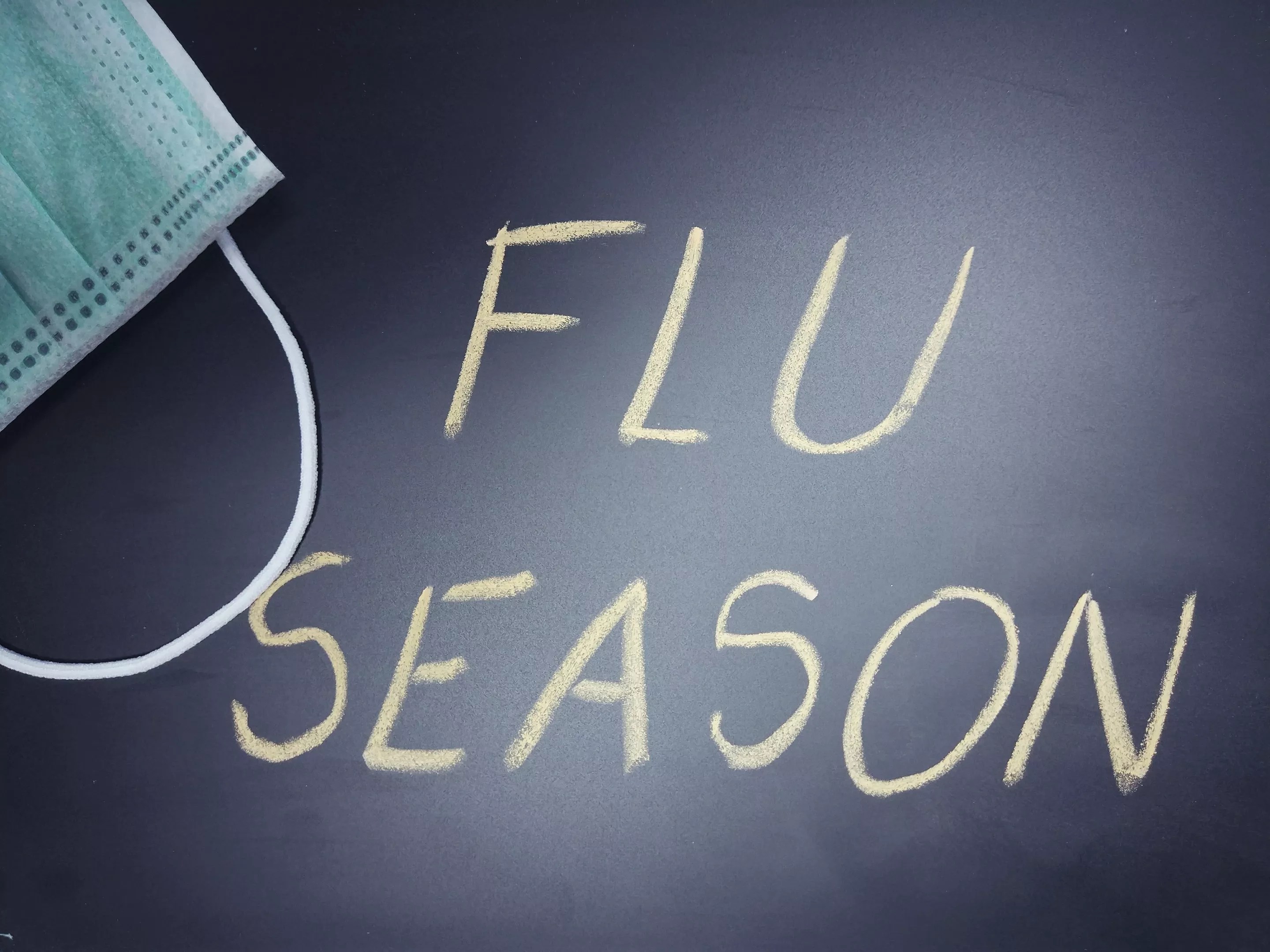
Shutterstock

Audio By Carbonatix
Two adults are the first Dallas County residents to die from the flu this season, Dallas County Health and Human Services officials announced Wednesday afternoon. The two victims were 59 and 66 years old, according to the county, which does not provide any additional identifying information about those who succumb to the flu.
“We cannot predict the intensity, severity or duration of the flu season from year to year,” said Dr. Christopher Perkins, DCHHS’s health authority and medical director. “The best way to protect yourself and others is to get your seasonal flu shot.”
Protecting oneself from the flu with a vaccine is especially important for those with underlying medical conditions, as well as children and elderly Dallas County residents.
“Practicing good hygiene which includes frequent hand-washing, covering your coughs/sneezes with a tissue or into your elbow and staying home if you have flu-like symptoms.” — Ganesh Shivaramaiyer
This year, make your gift count –
Invest in local news that matters.
Our work is funded by readers like you who make voluntary gifts because they value our work and want to see it continue. Make a contribution today to help us reach our $30,000 goal!
“Getting your seasonal flu shot is your first line of defense against the flu virus, especially if you have underlying medical conditions,” interim DCHHS Director Ganesh Shivaramaiyer said. “Practicing good hygiene, which includes frequent hand-washing, covering your coughs/sneezes with a tissue or into your elbow and staying home if you have flu-like symptoms.”
To that end, the county is offering free flu shots for children at all six of its immunization clinics and free flu shots for adults at DCHHS headquarters on Stemmons Freeway.
The 2018-19 flu season has, so far, been much less severe than the 2017-18 season in Dallas County. A year ago tomorrow, the county announced five deaths from the flu, bringing Dallas County’s total to 23. Before the end of flu season in May, 60 more people, including four children, would die from the viral infection.
The Centers for Disease Control and Prevention says flu season runs from about September to May. Most years in Texas, a number called the ILI percentage – the number of patients doctors see with flu-like symptoms – checks in at about 2 percent or 3 percent during the offseason and crests to about 6 percent during the worst of the flu season. Last year, according to a model developed at Carnegie Mellon University, Texas’ ILI percentage rose as high as 15 percent during the height of flu season.
This season, the number of patients reporting flu-like symptoms are more in the normal range, reaching a season high of about 7 percent.